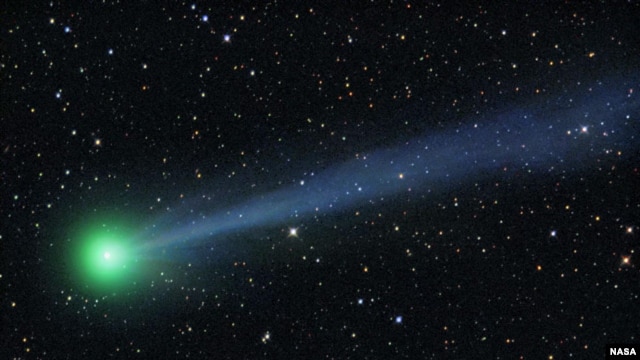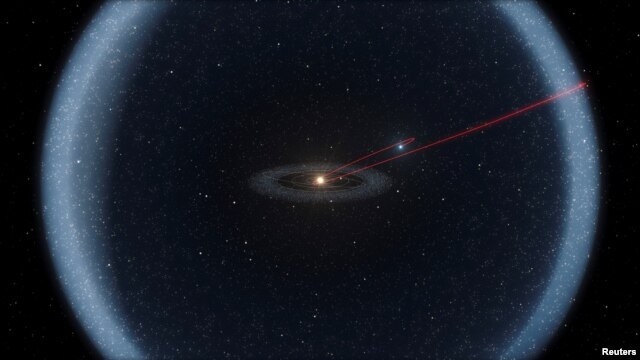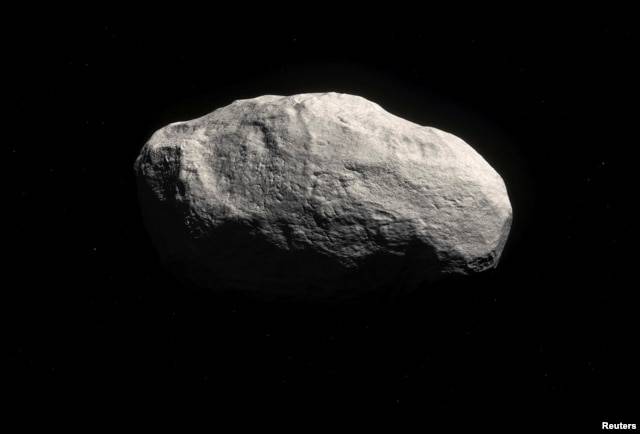Sorry bout that,
1. Hey anyone see that comet we have been tracking?
2. I dub it the, *Chicken Leg Comet*!!!
3. If you haven't seen it yet, it does look like a deep fried chicken leg from Churchs Chicken.
4. Whats your thoughts?
5. Link and sample:Spacecraft snaps close-up images of comet - CNN.com
"CNN) -- A spacecraft survived the closest encounter ever with a comet on Thursday, tracking it just 435 miles from the comet's nucleus.
Mission control at NASA's Jet Propulsion Laboratory in Pasadena, California, broadcast live coverage of the event on NASA Television's Media Channel. Controllers broke into applause after hearing of the success.
The agency's EPOXI Deep Impact spacecraft was expected to use two imagers and an infrared instrument to acquire data about a tiny comet named Hartley 2 as it traveled at speeds of more than 27,000 miles per hour.
Scientists are still working to determine whether there was any damage to the spacecraft as the peanut-shaped comet passed by. "
6. They see a peanut, but no, its a *Chicken Leg Comet*!!!
Regards,
SirJamesofTexas
1. Hey anyone see that comet we have been tracking?
2. I dub it the, *Chicken Leg Comet*!!!
3. If you haven't seen it yet, it does look like a deep fried chicken leg from Churchs Chicken.
4. Whats your thoughts?
5. Link and sample:Spacecraft snaps close-up images of comet - CNN.com
"CNN) -- A spacecraft survived the closest encounter ever with a comet on Thursday, tracking it just 435 miles from the comet's nucleus.
Mission control at NASA's Jet Propulsion Laboratory in Pasadena, California, broadcast live coverage of the event on NASA Television's Media Channel. Controllers broke into applause after hearing of the success.
The agency's EPOXI Deep Impact spacecraft was expected to use two imagers and an infrared instrument to acquire data about a tiny comet named Hartley 2 as it traveled at speeds of more than 27,000 miles per hour.
Scientists are still working to determine whether there was any damage to the spacecraft as the peanut-shaped comet passed by. "
6. They see a peanut, but no, its a *Chicken Leg Comet*!!!

Regards,
SirJamesofTexas




